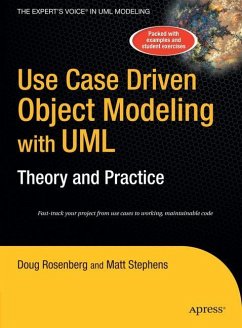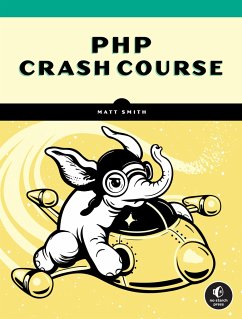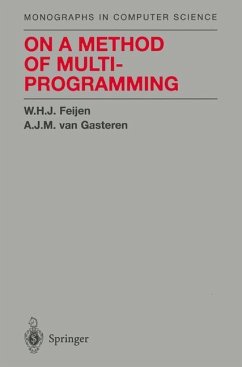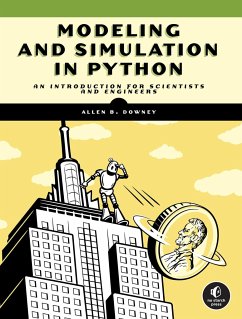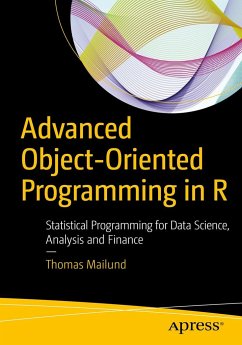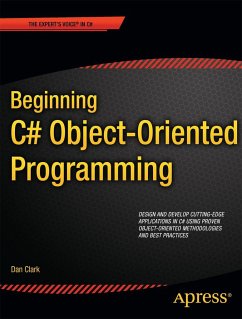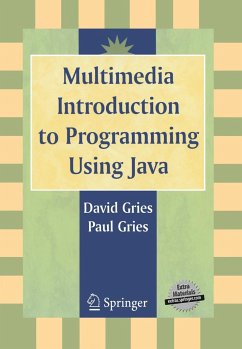
Reverse Engineering of Object Oriented Code
Versandkostenfrei!
Versandfertig in über 4 Wochen
102,99 €
inkl. MwSt.
Weitere Ausgaben:

PAYBACK Punkte
51 °P sammeln!
During maintenance of a software system, not all questions can be answered directly by resorting to otherwise reliable and accurate source code. Reverse engineering aims at extracting abstract, goal-oriented views of the system, able to summarize relevant properties of the program's computations. Reverse Engineering of Object-Oriented Code provides a comprehensive overview of several techniques that have been recently investigated in the field of reverse engineering. The book describes the algorithms involved in recovering UML diagrams from the code and the techniques that can be adopted for t...
During maintenance of a software system, not all questions can be answered directly by resorting to otherwise reliable and accurate source code. Reverse engineering aims at extracting abstract, goal-oriented views of the system, able to summarize relevant properties of the program's computations. Reverse Engineering of Object-Oriented Code provides a comprehensive overview of several techniques that have been recently investigated in the field of reverse engineering. The book describes the algorithms involved in recovering UML diagrams from the code and the techniques that can be adopted for their visualization. This is important because the UML has become the standard for representing design diagrams in object-oriented development. A state-of-the-art exposition on how to design object-oriented code and accompanying algorithms that can be reverse engineered for greater flexibility in future code maintenance and alteration. Essential object-oriented concepts and programming methods for software engineers and researchers.





